Istanbul
Istanbul
Istanbul
 This unique city, at the meeting point of Europe and Asia, located on both sides of the Bosphorus (Istanbul Straits) is described as a jewel by the famous French author Lamartine. Istanbul is a city of synthesis which realizes in an atmosphere of tolerance the uniting of the East and the West on the subjects of culture, art and religion, at the borders of two separate continents. The Bosphorus, which stretches out between the emerald-like slopes, the woods and the bays adorned with one thousand and one beauties, is unique. Halic Bay (Golden Horn), a horn-shaped bay located on the European side of Istanbul, is one of the most beautiful natural harbors in the world.
This unique city, at the meeting point of Europe and Asia, located on both sides of the Bosphorus (Istanbul Straits) is described as a jewel by the famous French author Lamartine. Istanbul is a city of synthesis which realizes in an atmosphere of tolerance the uniting of the East and the West on the subjects of culture, art and religion, at the borders of two separate continents. The Bosphorus, which stretches out between the emerald-like slopes, the woods and the bays adorned with one thousand and one beauties, is unique. Halic Bay (Golden Horn), a horn-shaped bay located on the European side of Istanbul, is one of the most beautiful natural harbors in the world.The former capital of three successive empires, Roman, Byzantine and Ottoman, Istanbul today honors and preserves the legacy of its past while looking forward to a modern future.
It is Istanbul's endless variety that fascinates its visitors. The museums, churches, palaces, grand mosques, bazaars and sights of natural beauty seem innumerable.
Reclining on the western shore of the Bosphorus at sunset contemplating the red evening light reflected in the windows of the opposite shore you may suddenly and profoundly understand why so many centuries ago settlers chose to build on this remarkable site. At such times you can see why Istanbul is truly one of the most glorious cities in the world.
 The history of the city, which is known as the "Capital of the Empires", goes back to ancient times. The city was founded by the Megaras in A.D. 658 and was named Byzantium after their commander Byzas. The city, which developed very rapidly and turned into a large trade center, existed for hundreds of years as the capital of the Roman, Byzantine and Ottoman Empires. Today it has become Turkey's most important tourism, trade and industrial city.
The history of the city, which is known as the "Capital of the Empires", goes back to ancient times. The city was founded by the Megaras in A.D. 658 and was named Byzantium after their commander Byzas. The city, which developed very rapidly and turned into a large trade center, existed for hundreds of years as the capital of the Roman, Byzantine and Ottoman Empires. Today it has become Turkey's most important tourism, trade and industrial city.The most beautiful historical works of Istanbul are at the historical peninsula inside the city walls between the Marmara Sea and the Golden Horn. This historical peninsula is like an open air museum full of architectural and artistic works bearing the traces of the Roman, Byzantine and Ottoman Empires. The hills of the city are enhanced by the more than 500 mosques. Among these mosques, the Sultanahmet Mosque with its six minarets, built by Sultan Ahmet I in the seventeenth century, is the symbol of Istanbul. It is also called "the Blue Mosque" because of the blue glazed tiles used in its interior decoration. The Suleymaniye Mosque, another mosque of the Ottoman Period, is the most beautiful and magnificent architectural work in Istanbul. It was constructed by Turkey's famous architect Mimar Sinan, upon the order of Kanuni Sultan Suleyman (Suleyman the Magnificent) in the sixteenth century, when architectural beauty reached its peak. It is perched on the hills of the Golden Horn like a crown. The Rustem Pasha Mosque, which reveals the aesthetics of the Ottoman art of glazed tiles, is a small but beautiful mosque constructed by Mimar Sinan in the sixteenth century. The inside of the mosque is covered with the most beautiful examples of the famous Iznik glazed tiles. The Mihrimah Sultan Mosque, another mosque remaining from the sixteenth century, is the mosque with the most light in Istanbul. The mosque has a total of 161 stained glass windows on its four facades.
The Kapali Carsi (Covered Bazaar) which dates back to the fifteenth century and has 4,000 shops today, is one of the places frequently visited by tourists. Jewelry, antiques, carpets, silver and copper souvenirs, leather and suede clothes, wood-carvings and carvings with mother-of-pearl are sold at this bazaar. Furthermore, it is possible to find every type of spice at the Misir Carsisi (Egyptian Bazaar) constructed by Hatice Sultan in the seventeenth century. Istanbul is also a modern center for shopping. Along with the shopping malls, such as the Atakoy Galleria, the Akmerkez, the Capitol, the Carousel and the Carrefour; Istiklal, Rumeli and Bagdat Avenues are the most distinguished shopping areas of the city.
. Istanbul is also among the exceptional cultural centers in the world with various music and cinema festivals, theaters, operas, ballets, concerts, international symposia, conferences and competitions. "The International Culture and Art Festival", that is organized every year in June and July, hosts world famous artists from all over the world.
The Istanbul Straits is a heaven on earth well worth seeing with its lovely shores decorated with very green tree groves, parks, palaces, waterside mansions, mosques and the Bosphorus and the Fatih Sultan Mehmet Bridges that remind one of a necklace. A steamship tour of the Bosphorus will display all these beauties. Besides, the Bosphorus and the islands are ideal for sailing. The city, which has also develop- ed yacht tourism, is an international yachting center. The Atakoy Marina, Kalamis and Fenerbahce Marinas provide many more facilities for yachtsmen, besides overnight berths
Kilyos and Sile near Istanbul are holiday towns known for their beaches. The Polonezkoy, a village where Polish immigrants came and settled in the nineteenth century, is an ideal vacation place surrounded by forests. The Belgrade Forests are known as the lungs of Istanbul. The Ataturk Arboretum, and aqueducts from the Ottoman Period are also worth seeing at the Belgrade Forests National Park. There are extensive areas suitable for playing golf at Silivri and Kemer.
ART, CULTURE, AND ENTERTAINMENT
Istanbul is an international art and cultural center. The International Arts and Cultural Festival is held each year in June and July with famous artists coming from all over the world. These performances are held mostly at the Ataturk Cultural Center. The Istanbul Science Center (Bilim Merkezi), founded by the Science Center Foundation and located on the campus of Istanbul Technical University, has hands-on experimental and theoretical opportunities for adults and children of various educational levels. In March and April you can take in the International Film Festival. Those who enjoy classical music can hear it at the Cemal Resit Rey Hall. Operas, operettas, ballets, films, concerts, exhibitions and conferences all contribute to the cultural palette of the city.
Istanbul also has a rich program of light entertainment. Nightclubs provide splendid entertainment throughout dinner, ranging from a selection of Turkish songs to belly-dancing. Alongside these are modem discos, cabarets, and jazz clubs in the Taksim - Harbiye district. Iin Sultanahmet, there are a number of restaurants in restored Byzantine and Ottoman buildings which offer a unique setting for an evening out.
Kumkapi, with its many taverns, bars and fish restaurants, is another attractive district. People have been meeting for years at Cicek Pasaji in the district of Beyoglu for snacks and seafood specialties.. Also in the area near Cicek Pasaji is the narrow Nevizade street, which is the best place in Istanbul for eating Turkish specialties and drinking raki.
On the Bosphorus, Ortakoy is the best place for nightlife in Istanbul, with its nightclubs, jazz clubs, fine seafood restaurants and bars.
At Eminonu don't miss an opportunity to see fishermen dressed in traditional Ottoman clothes and their Ottoman-style boats which you may board to sample their delicious fried fish.
You may also want to visit Tatilya Cumhuriyeti, a large amusement park in Beylikduzu past Haramidere on the road to the Ataturk International Airport.
SHOPPING
One could visit Istanbul for the shopping alone. The Kapali Carsi, or Covered Bazaar, in the old city is the logical place to start. This labyrinth of streets and passages houses more than 4,000 shops. The names recall the days when each trade had its own quarter: the goldsmiths' street, the carpet sellers' street, the street of the skullcap makers. Still the commercial center of the old city, the bazaar is the original shopping mall with something to suit every taste and pocket.
Charming souvenirs and gifts can be selected from among Turkish crafts, the world-renowned carpets, brilliant hand painted ceramics, copperware, brassware, and meerschaum pipes. The gold jewelry in brilliantly lit cases dazzles passersby. Leather and suede goods of excellent quality make a relatively inexpensive purchase. In the heart of the bazaar, the Old Bedesten offers a curious assortment of antiques. It is worth poking through the clutter of decades in the hope of finding a treasure.
 The Misir Carsisi or Spice Bazaar, next to the Yeni Mosque at Eminonu, transports you to fantasies from the mystical East. The enticing aromas of cinnamon, caraway, saffron, mint, thyme and every other conceivable herb and spice fill the air. Sultanahmet has become another shopping mecca in the old city. The Istanbul Sanatlari Carsisi (Bazaar of Istanbul Arts) in the 18th century Mehmet Efendi Medresesi, and the nearby 16th- century Caferaga Medrese, built by Sinan, offer you the chance to see craftsmen at work and to purchase their wares. In the Arasta (old bazaar) of the Sultanahmet Mosque, a thriving shopping arcade makes both shopping and sightseeing very convenient.
The Misir Carsisi or Spice Bazaar, next to the Yeni Mosque at Eminonu, transports you to fantasies from the mystical East. The enticing aromas of cinnamon, caraway, saffron, mint, thyme and every other conceivable herb and spice fill the air. Sultanahmet has become another shopping mecca in the old city. The Istanbul Sanatlari Carsisi (Bazaar of Istanbul Arts) in the 18th century Mehmet Efendi Medresesi, and the nearby 16th- century Caferaga Medrese, built by Sinan, offer you the chance to see craftsmen at work and to purchase their wares. In the Arasta (old bazaar) of the Sultanahmet Mosque, a thriving shopping arcade makes both shopping and sightseeing very convenient. The sophisticated shops of the Taksim - Nisantasi districts contrast with the chaos of the bazaars. On Istiklal Avenue, Cumhuriyet Avenue and Rumeli Avenue, you can browse peacefully in the most fashionable shops selling elegant fashions made from Turkey's high quality textiles. Exquisite jewelry as well as finely designed handbags and shoes can also be found. The Atakoy Galleria Mall in Atakoy and the Akmerkez Mall in Etiler have branches of Istanbul's most elegant shops. In Bakirkoy, the Carousel Mall is worth a visit, as is the Atlas Passage in Beyoglu. Bahariye Avenue, Bagdat Avenue,and Capitol Mall on the Asian side, offer the same shopping opportunities.
In Istanbul's busy flea markets you can find an astonishing assortment of goods, both old and new. Every day offers a new opportunity to poke about the Sahaflar Carsisi and Cinaralti in the Beyazit district. On Sundays, in a flea market between the Sahaflar and the Covered Bazaar, vendors uncover their wares on carts and blankets. The Horhor Carsisi is a collection of shops that sell furniture of varying age and quality. Flea markets are open daily in the Topkapi district, on Cukurcuma Sokak in Cihangir, on Buyuk Hamam Sokak in Uskudar, in the Kadikoy Carsi Duragi area, and between Eminonu and Tahtakale. After a Sunday drive up the Bosphorus, stop between Buyukdere and Sariyer to wander through another lively market.
THE ENVIRONS OF ISTANBUL
 The Princes' Islands, an archipelago of nine islands in the Sea of Marmara, were places of exile for Byzantine princes. Today, during the summer months, wealthy Istanbulites escape to the cool sea breezes and elegant 19th century houses. Buyukada is the largest of the islands. Here you can enjoy a ride in a horse- drawn phaeton (carriage) among the pine trees, or relax on a beach in one of the numerous coves that ring the island. The other popular islands are Kinali, Sedef, Burgaz, and Heybeliada. Regular ferry boats connect the islands with both the European and Asian shores. A faster sea bus service operates from Kabatas in the summer.
The Princes' Islands, an archipelago of nine islands in the Sea of Marmara, were places of exile for Byzantine princes. Today, during the summer months, wealthy Istanbulites escape to the cool sea breezes and elegant 19th century houses. Buyukada is the largest of the islands. Here you can enjoy a ride in a horse- drawn phaeton (carriage) among the pine trees, or relax on a beach in one of the numerous coves that ring the island. The other popular islands are Kinali, Sedef, Burgaz, and Heybeliada. Regular ferry boats connect the islands with both the European and Asian shores. A faster sea bus service operates from Kabatas in the summer.
On the European side of the Black Sea coast, 25 km from the outskirts of Istanbul, the long, broad sandy beaches of Kilyos draw crowds of Istanbul residents in the summer.
The Belgrad Forest, inland from the Black Sea on the European side, is the largest forest around Istanbul. On weekends, Istanbulites drive out to its spacious shade for family picnics and barbecues. Seven ancient reservoirs and a number of natural springs refresh the air. The Ottoman aqueducts, of which the 16th- century Moglova Aqueduct built by Sinan is the most splendid, lend a majesty to the natural surroundings. Overshadowing the entrance to Kerner Golf and Country Club is the 750-meter-long Sultan Suleyman Aqueduct, also built by Sinan It is one of the longest in Turkey. The 500-stable Equestrian Center offers trail riding.
On the Asian side, Polonezkoy, 25 km from Istanbul, was founded in the 19th century by Polish immigrants. Istanbul residents come to its pastoral landscape for walks, horseback riding and to enjoy the traditional Polish food served by descendants of the original settlers.
On the Black Sea, 70 km from Uskudar, Sile's sandy beaches, fish restaurants and hotels make it one of the Most delightful holiday places near Istanbul. Cool cotton clothing called Sile bezi is popular with tourists and is fashioned here.
The Bayramoglu-Darica Bird's Paradise and Botanic Park, 38 km from Istanbul, is a unique place to relax. Many species of birds and plants from all over the world can be seen in this huge park, which also has restaurants and a promenade for pedestrians.
The charming fishing town of Eskihisar, southeast of Istanbul, boasts a marina where yachtsmen can moor their boats after a day out on the Sea of Marmara In town, the house of Osman Hamdi Bey, Turkey's great 19th- century painter, has been converted into a museum. Neighboring sites include the tomb of Hannibal between Eskihisar and Gebze, and a Byzantine castle.
Many Istanbulites have summer homes near Silivri, a popular vacation area about 65 km from Istanbul. A large. holiday resort, it offers sports, health, and fitness facilities, that include the Klassis Country and Golf Club, and excellent dining. The conference center attracts business people who want to escape the city's fast pace for a working holiday. A regular sea bus service connects Istanbul to Silivri.


 Istanbul and Marmara Region Guide
Istanbul and Marmara Region Guide  This unique city, at the meeting point of Europe and Asia, located on both sides of the Bosphorus (Istanbul Straits) is described as a jewel by the famous French author Lamartine. Istanbul is a city of synthesis which realizes in an atmosphere of tolerance the uniting of the East and the West on the subjects of culture, art and religion, at the borders of two separate continents. The Bosphorus, which stretches out between the emerald-like slopes, the woods and the bays adorned with one thousand and one beauties, is unique. Halic Bay (Golden Horn), a horn-shaped bay located on the European side of Istanbul, is one of the most beautiful natural harbors in the world.
This unique city, at the meeting point of Europe and Asia, located on both sides of the Bosphorus (Istanbul Straits) is described as a jewel by the famous French author Lamartine. Istanbul is a city of synthesis which realizes in an atmosphere of tolerance the uniting of the East and the West on the subjects of culture, art and religion, at the borders of two separate continents. The Bosphorus, which stretches out between the emerald-like slopes, the woods and the bays adorned with one thousand and one beauties, is unique. Halic Bay (Golden Horn), a horn-shaped bay located on the European side of Istanbul, is one of the most beautiful natural harbors in the world. The history of the city, which is known as the "Capital of the Empires", goes back to ancient times. The city was founded by the Megaras in A.D. 658 and was named Byzantium after their commander Byzas. The city, which developed very rapidly and turned into a large trade center, existed for hundreds of years as the capital of the Roman, Byzantine and Ottoman Empires. Today it has become Turkey's most important tourism, trade and industrial city.
The history of the city, which is known as the "Capital of the Empires", goes back to ancient times. The city was founded by the Megaras in A.D. 658 and was named Byzantium after their commander Byzas. The city, which developed very rapidly and turned into a large trade center, existed for hundreds of years as the capital of the Roman, Byzantine and Ottoman Empires. Today it has become Turkey's most important tourism, trade and industrial city.





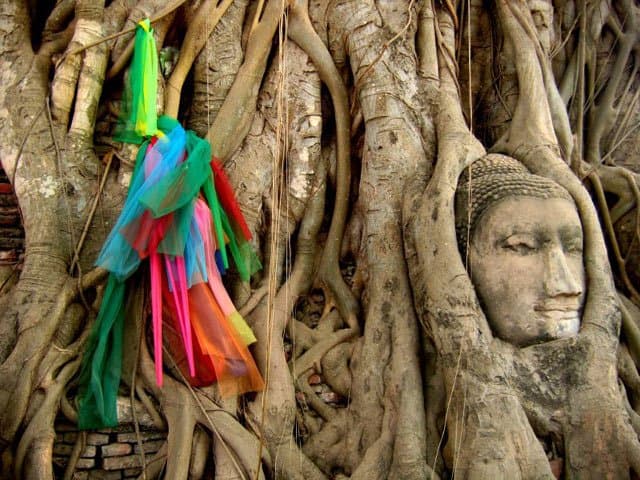

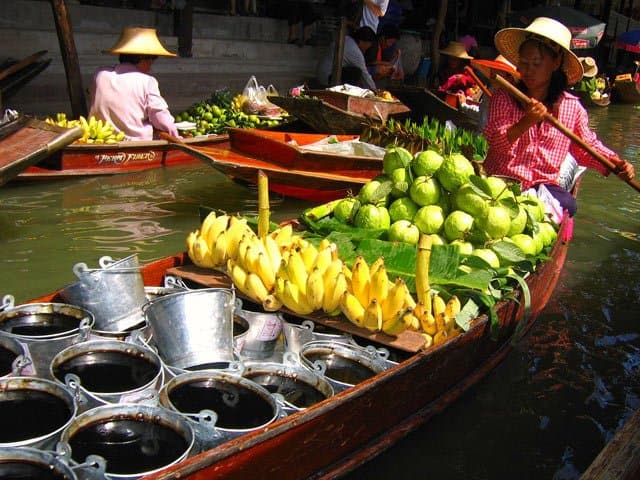
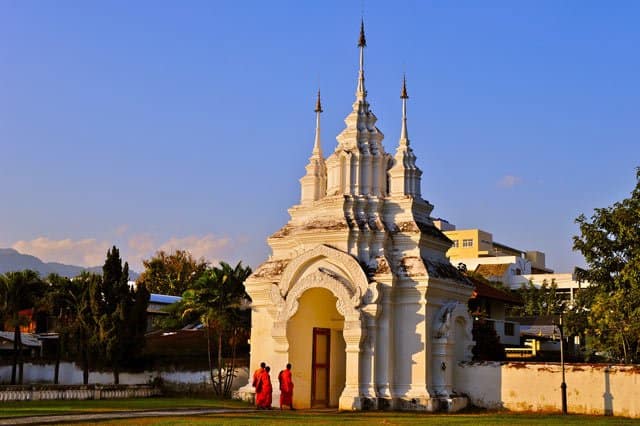
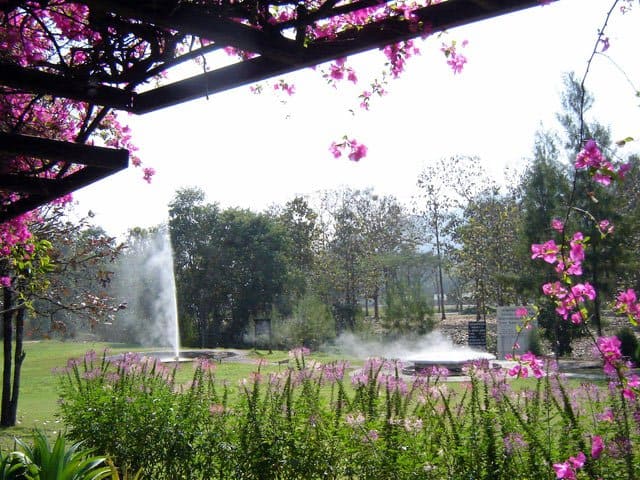
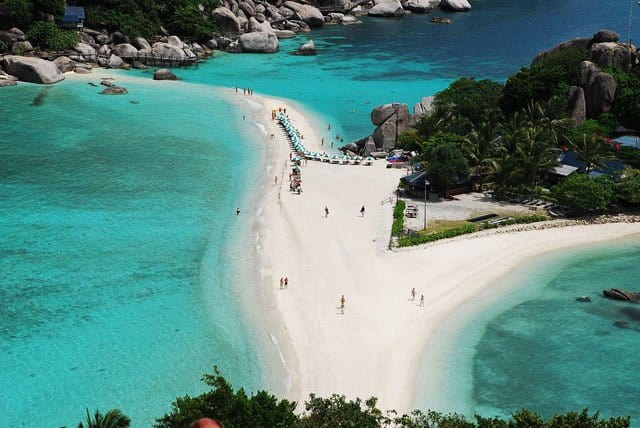
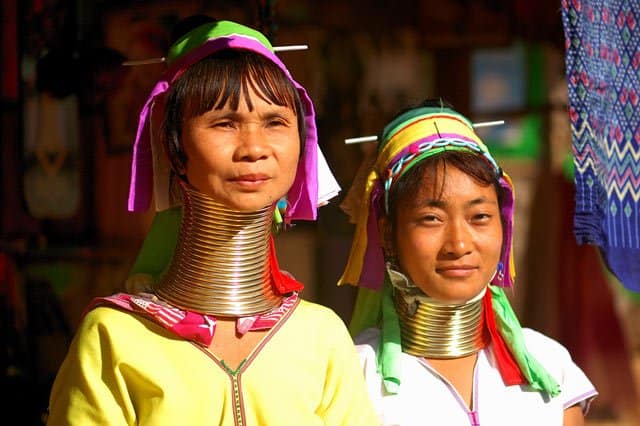
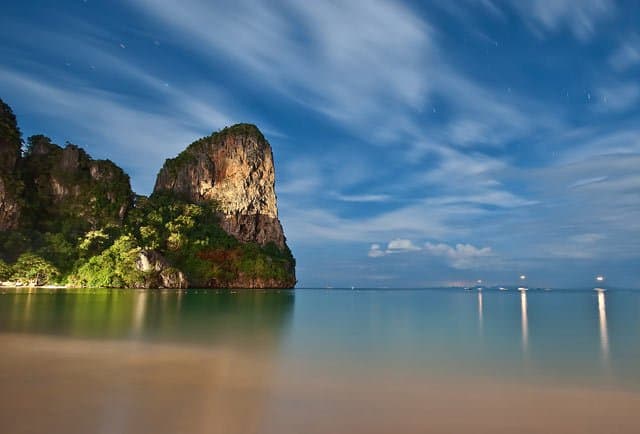
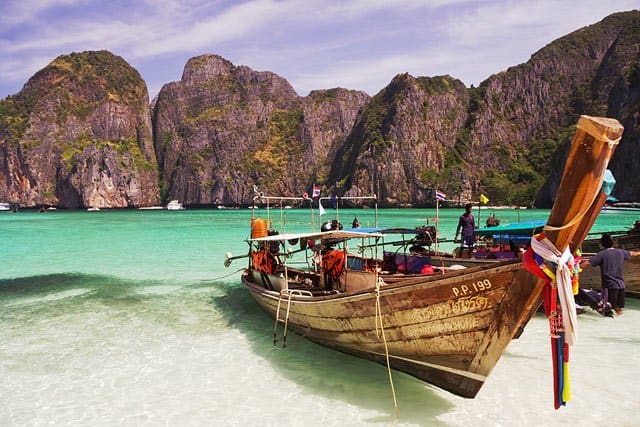
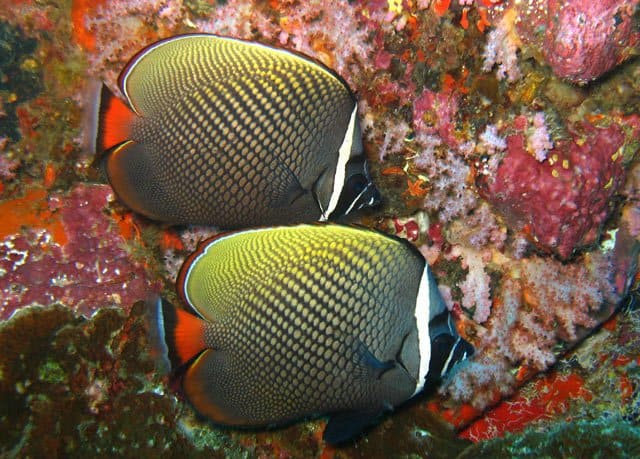 Photo
Photo